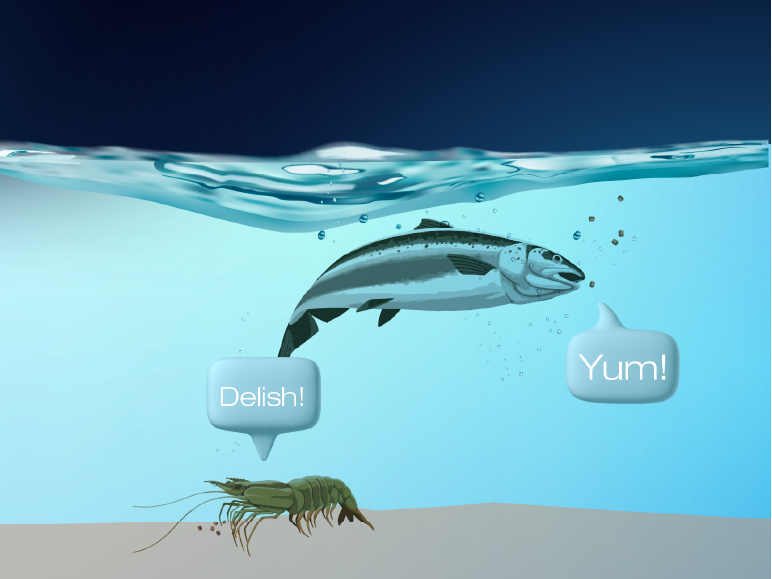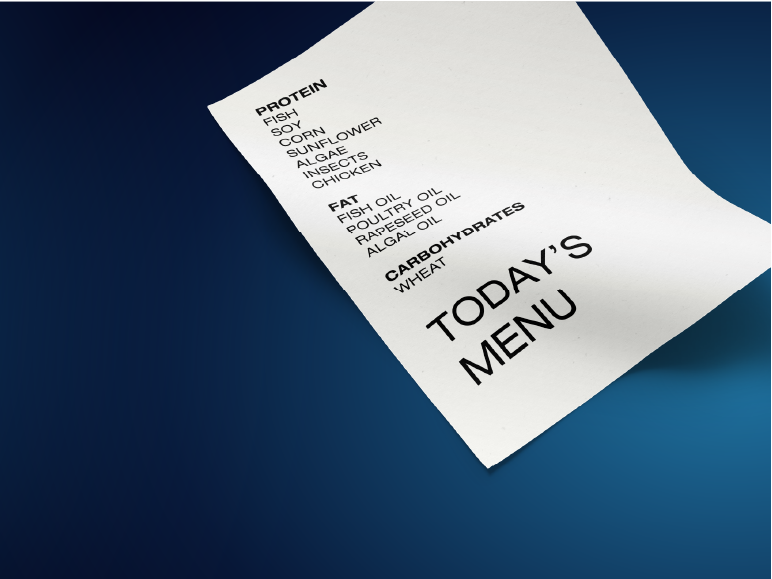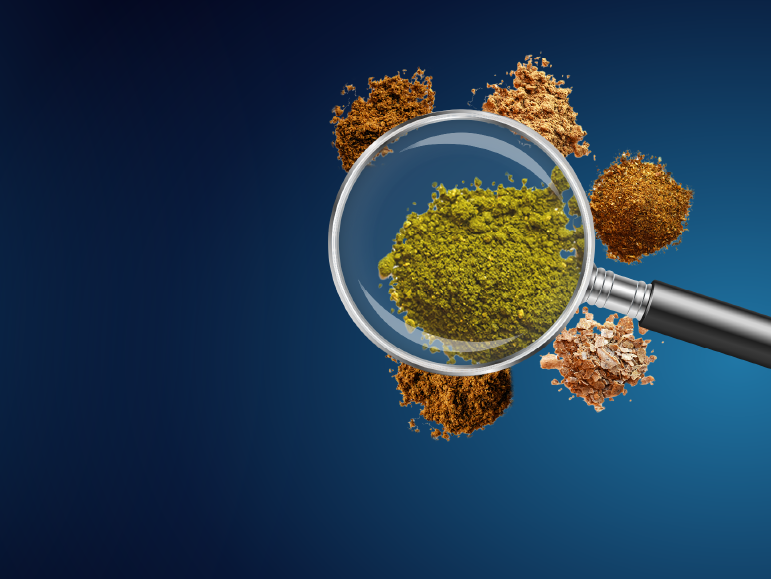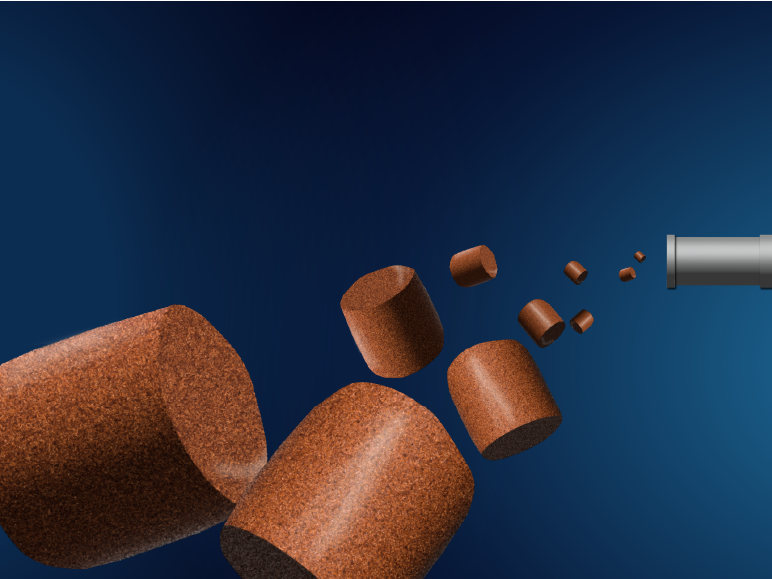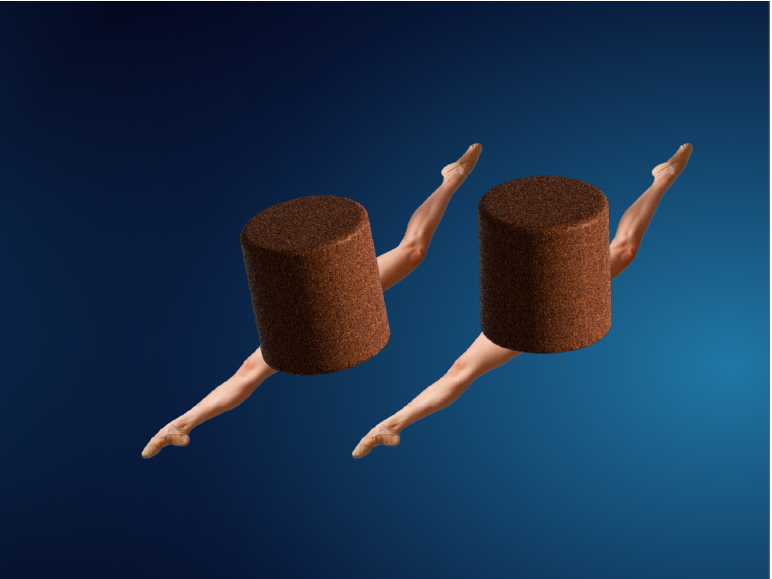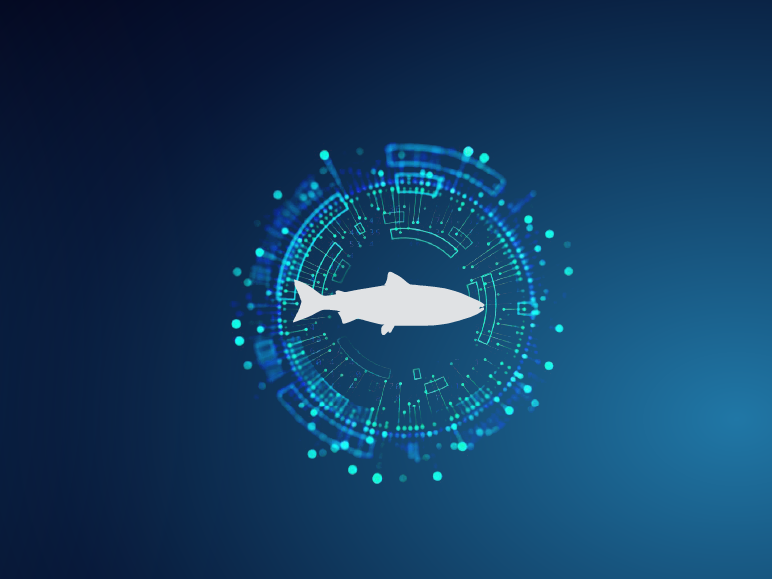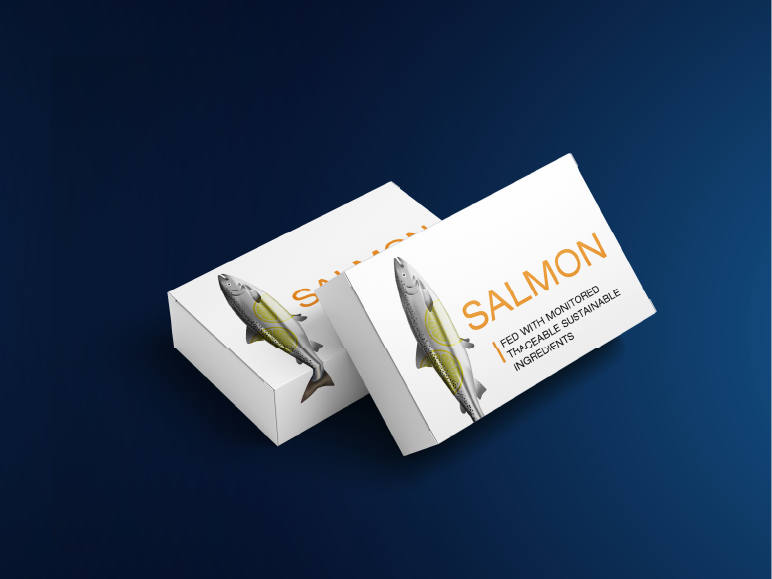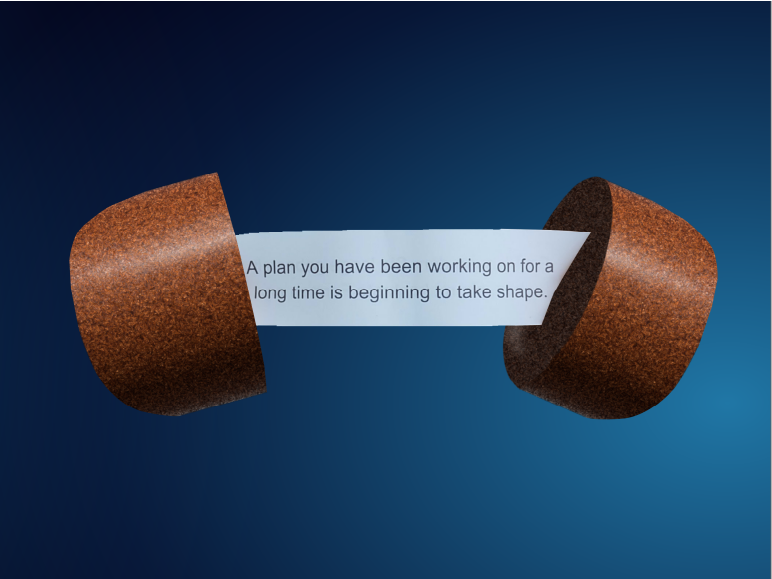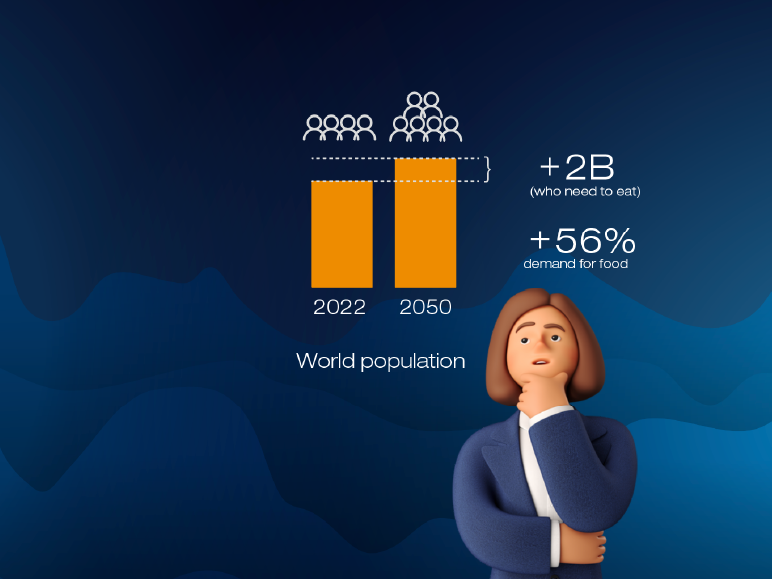
How do we know what ingredients to put in the feed?
It’s not just people that require nutritionists. We have a lot of them (fish and shrimp nutritionists that is, or probably fish and shrimp nutrition scientists is more accurate). Our aquaculture feeds are created from specific recipes (technically, we call them formulations) developed by our nutrition experts.
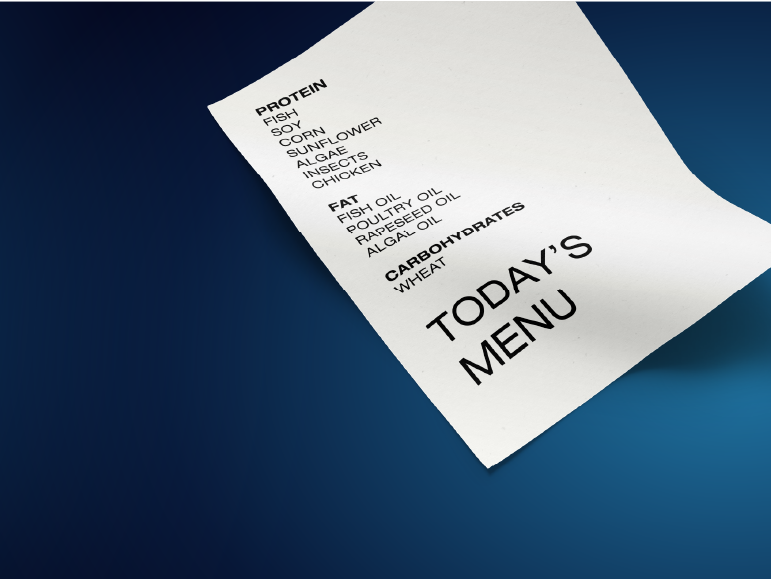
Nutritional needs
These recipes provide fish and shrimp with the necessary balanced nutrients for optimised growth, development, health and welfare.
Because every species – that can be as biologically unique as mice vs elephants - every life stage, and every farming system has specific nutritional needs, we conduct meticulous research when looking to develop new diets or upgrade existing solutions.
Through our comprehensive understanding of the digestive systems and the nutritional requirements of the different species, we have built up an extensive raw material digestibility database dedicated to each one.
How much of each ingredient?
Understanding the nutritional needs of each species and knowing the composition and functionality of each raw material is key for formulating diets that allow sustainable and efficient aquaculture. When we know exactly what to put in, and how much can be used, then we can reduce waste and optimise growth.
To find out the inclusion level of specific nutrients that should be added, we conduct trials called requirement studies. These studies tell us not only what the optimum level for an ingredient is, but also at what point to stop adding more when there is no further benefit. This is different for different ingredients, different species, different life stages… so we’ve done a LOT of these studies.
We think about ingredients as carriers of nutrition, no matter what package it comes in.
Breaking ingredients down and identifying the impact they have means we consider ingredients as carriers of nutrition, no matter what package it comes in. We talk about protein and carbohydrates, not necessarily fish meal and wheat. After all, we need nutrients, not ingredients, and there are many new and exciting packages that nutrients are coming in (see more about novel ingredients here).
From our knowledge, we can also create robust growth models, that can help customers understand the different variables, and plan their production in an easy way.
Watch the video to find out more!
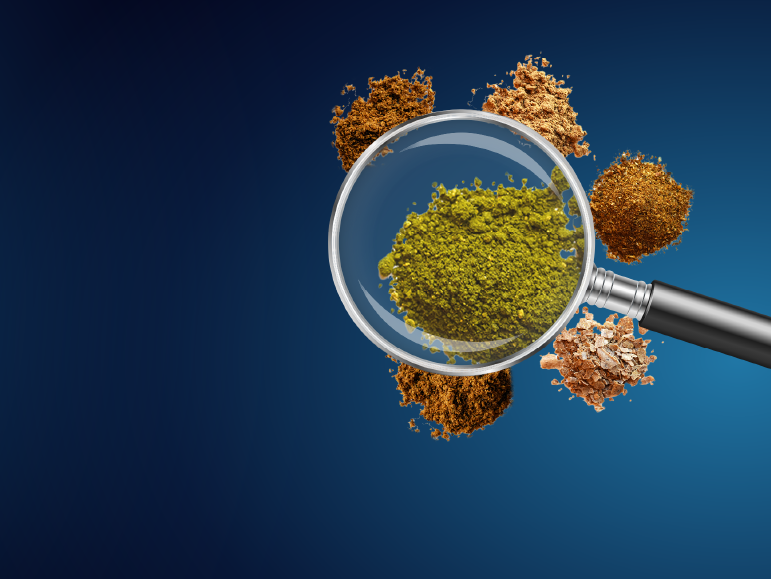
Next: What ingredients are in the recipe of a Skretting feed?
Due to specific nutritional needs, aquaculture feeds can contain many different ingredients of vegetable, marine and land animal origin. Some of the better-known inclusions can be fish meal and fish oil, wheat, soy, rapeseed meal, sunflower meal and faba beans. Something you might not know is that thanks to decades of R&D, Skretting can make feed for salmon without any fish ingredients at all.

